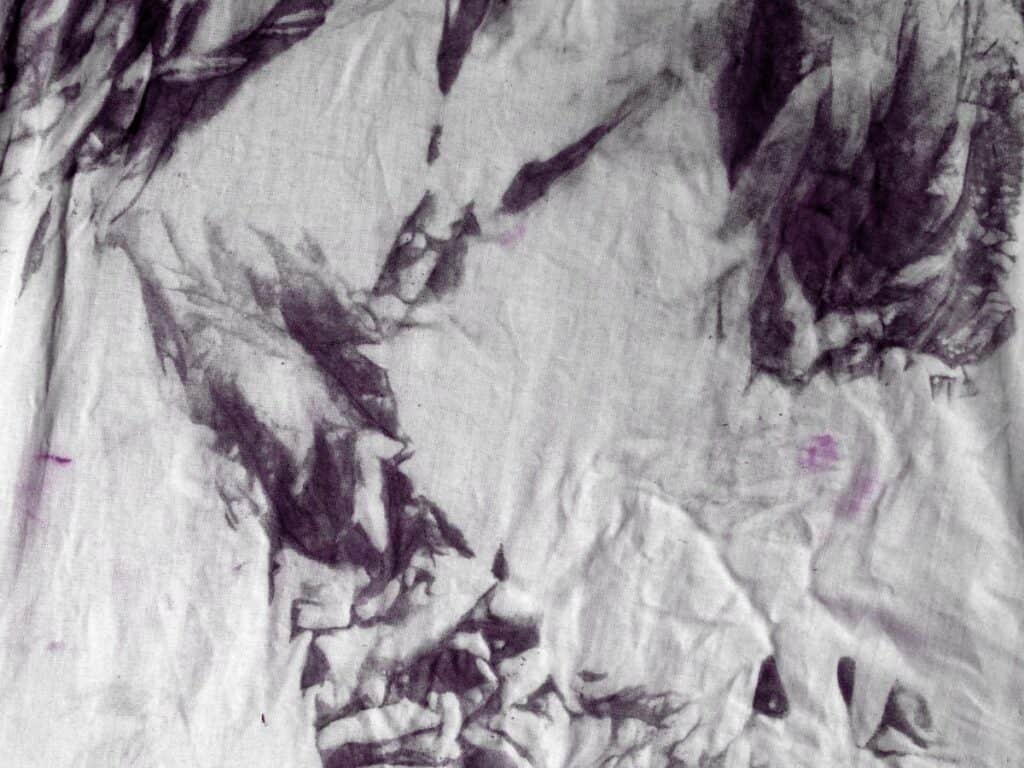Perhaps you bought a boat recently, and you are planning on giving it a fresh coat of antifouling. And you’re all happy about making this a do-it-yourself project. However, you’re worried about the possibility of the antifouling paint messing up unintended places. When that happens, as it surely will, follow the following procedure to remove it from your clothes, skin, and hair.
To remove antifouling from either clothes, skin, or hair, use olive oil, rubbing alcohol, and sugar scrub, among others. These cleaning agents have different effects based on the stain location. For example, paint thinner is perfect for clothes, while olive oil is best for use on hair for health reasons.
Removing Antifouling From Clothes
Before starting to remove antifouling stains from your clothes, it is crucial to know whether it is water-based or oil-based antifouling. Removing each follows different approaches. Let us find out more.

Dealing with Water-Based Antifouling
Place the clothing on a flat surface, such as an ironing board, and scrape off the excess paint. Next, soften the stain by running it under warm water before dabbing the stain with dishwashing detergent.
Gently scrub the fabric against itself before washing it under a normal wash cycle. Usually, first-time washing may not be sufficient, be sure to repeat 2 to 3 times to completely remove it.
Cleaning Oil-Based Antifouling
Most oil-based antifouling paint stains are peskier than water-based ones. For that reason, you will need a paint thinner since it is more effective. Turpentine is also a worthy alternative in the absence of paint thinners.
Both cleaning agents are readily available in most home improvement stores. However, before starting the cleaning process, remember to check the garment wash instruction label for compatibility. For example, turpentine shouldn’t be used on all acetate, triacetate, or rayon fabrics.
To remove the stain, dip a clean piece of clothing into the thinner, wring off the excess and blot the stain. Repeat this process several times until the stain is sufficiently removed.
Next, add dishwasher detergent to a basin of warm water, and soak the garment for 1 hour before laundering normally. But be sure to check if it has been cleared before tumble drying.
I also wrote a guide on how to remove expanding foam stains that may interest you.
Removing Antifouling of the Skin

First, apply soap to the stained part of your skin and scrub gently. Most antifouling paint products are sold together with hand washers. But in its absence, any ordinary soap will do fine at this stage.
The next step is to remove the antifouling paint stain using oil. Pour a few drops of mineral oil on the stain spot and gently spread it. While mineral oil is the most popular for this use, others such as baby oil, flax, coconut, or vegetable oil will be effective as well.
For the best result, you can allow the oil to soak for five minutes before scrubbing with your fingernails to scrape it off. Once the major part has been removed, apply dishwashing detergent to the stain before scrubbing further and rinsing with water.
Another option is to dip a piece of clothing or cotton in rubbing alcohol and soak the stain by gently rubbing it in a circular motion for a few minutes. The only downside with alcohol is it removes moisture from your skin. But that is not a huge problem if you apply moisturizer.
Removing Anti Fouling From the Hair
When it comes to removing antifouling from the hair, it’s trickier than on the skin or clothes. Some of the cleaning agents we have used on the clothes cannot be applied to the hair without serious health consequences.
For instance, applying antifouling thinner on the hair risks eye problems. However, below are a few cleaning agents you can safely use on the hair.
Removing Anti-fouling With WD-40
- Everything you need in a professional-grade Penetrating Lubricant: Low-odor, Strong, Fast, and Targeted. WD-40 Specialist Penetrant with a Smart Straw to Spray 2 Ways
- Fast-acting formula breaks rust and corrosion that jam up parts and leaves behind a protective layer that prevents future corrosion
WD-40 is a popular lubricating spray with plenty of uses around the home, including softening the windows and door hinges. With Wd-40, all you have to do is spray on the stained hair and massage it gently with your fingers.
Thereafter, shampoo as usual with hot water and rinse off the paint. Be careful to avoid spilling it on the eyes as it causes irritation.
Olive Oil
We all love olive oil for various uses around our homes. Moreover, olive oil is an eco-friendly, antifouling stain remover that will also leave a shiny sheen on your hair. Apply a sufficient amount of oil, and massage the hair gently to soak it into the hair. Next, using a fine-tooth comb, remove the paint off your hair in a raking motion before rinsing and drying.
Shampoo
Using shampoo is probably one of the easiest methods of antifouling paint removers. Plus, it works great, especially on water-based antifouling paint stains. All you have to do is to reach out for your shampoo can and spray liberally on the stained part of the hair.
You can then use your fingers to allow it to penetrate deeper into the hair. For the best results, allow it some time before removing the stains with a fine-tooth comb.
Next, you can check out my article on how to remove hydraulic oil stains.
Frequently Asked Questions
Can Coconut Oil Remove Antifouling Paint From the Hair?
Coconut oil has great antifouling paint thinning properties. And unlike chemical-based thinners, coconut nut is a readily available and harmless household use product. All you have to do is apply it to your hair, rub it with your hands and comb the paint off with a toothcomb.
Can Antifouling Cause Skin Irritation?
Antifouling contains chemicals that can not only cause skin irritation and eye itching and affect other parts of your body organs. For example, prolonged contact can trigger allergic skin reactions. Always keep yourself safe when working with antifouling by wearing protective gear.
Does Antifouling Stain Clothes Permanently?
Antifouling paint stain is removable, but it can be permanent if left on the clothes for a long time. To stop antifouling stains from setting on clothes, wash them when fresh. But, also, this depends on the fabric type. For example, it is harder to remove antifouling from silk than it is to remove it from silk.

I’m an expert wardrobe organizer and a bit of a clean freak. I created this website and its YouTube channel to share practical guides about laundry and organizing. My teachings have been featured in multiple large news publications, and I’ve self-published two wardrobe organizing books and an entire course on the subject.


